Everything You Need to Know About Lawn Grass Seeds
About Lawn Grass Seeds
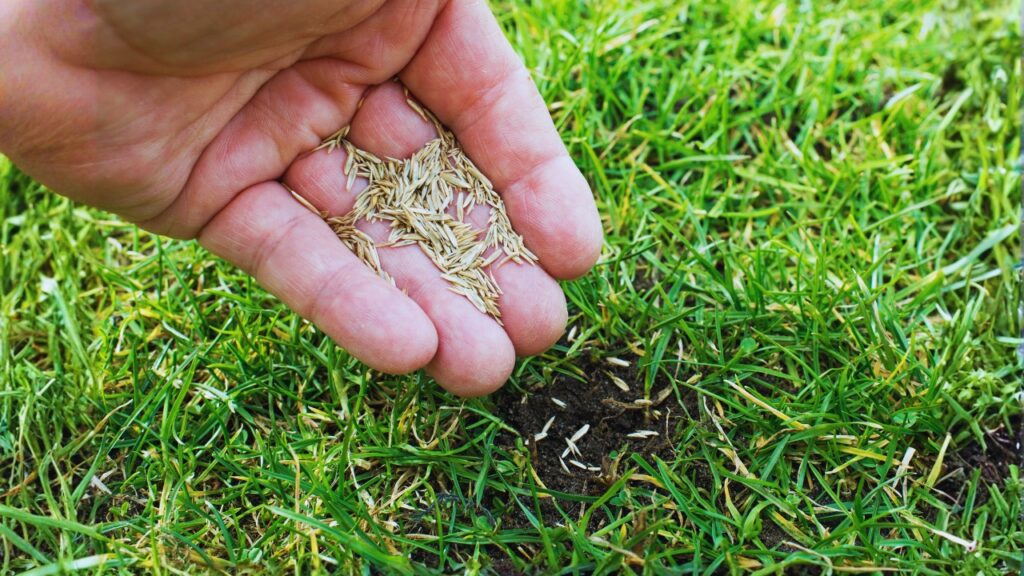
Creating a lush, healthy lawn from seed is one of the most satisfying gardening projects and cheaper than laying sod. Whether you’re in Delhi, a hill station, or a coastal city, the right lawn grass seeds plus a little know-how will give you a green carpet you can be proud of. This guide walks you step by step through picking seeds, preparing the soil, sowing, watering, maintenance, and fixing problems all written to be SEO-friendly and easy to follow. Ready? Let’s dig in.
Why Choose Grass Seeds Over Sod?
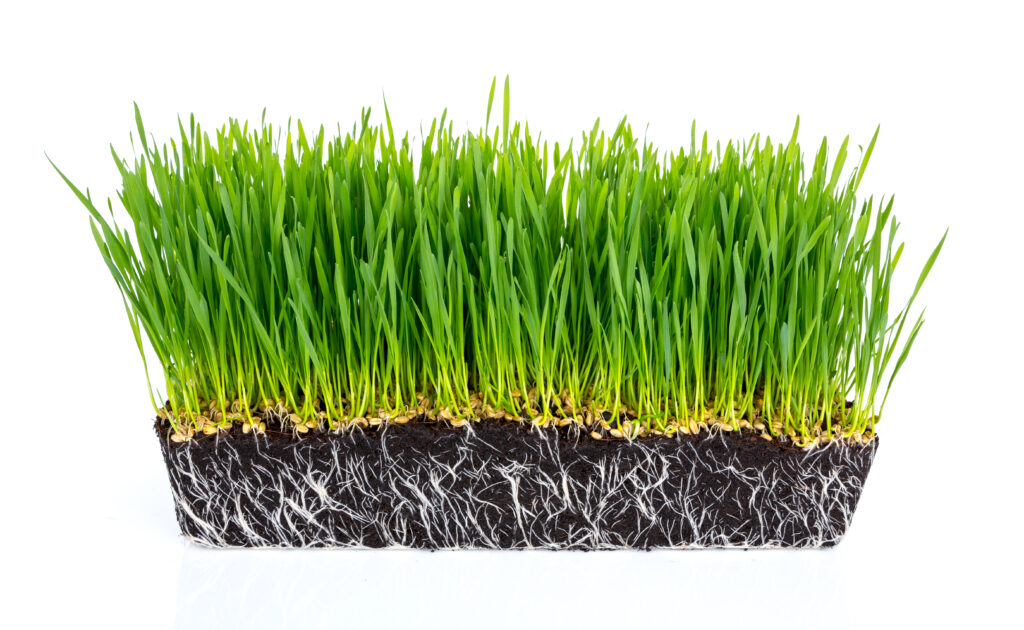
Choosing seeds vs. sod depends on budget, time, and the look you want. Seeds are cost-effective you can cover a large area for much less money. Seeds also give more variety: you can choose cultivars tailored to shade, heavy foot traffic, or low maintenance. The trade-off? Seeds take longer to establish; you’ll need patience and consistent care for the first few months. Think of seeds as planting a crop slower start, but more control and lower long-term cost.
Types of Lawn Grass Seeds

Understanding grass types is crucial. They behave differently across seasons, traffic conditions, and sun exposure.
Warm-season Grasses (Bermuda, Zoysia, Kikuyu, Buffalo)
Warm-season grasses thrive in hot summers and are common in much of India. They turn dormant and brown in cooler months but recover fast when temperatures rise. Bermuda (Cynodon) is robust, handles wear, and recovers fast great for play lawns. Zoysia is slower but forms dense turf and tolerates some shade. Kikuyu is aggressive and quick-spreading; good for neglected areas but can be invasive. Buffalo grass is low-maintenance in some climates though less common in tropical cities.
Cool-season Grasses (Perennial Ryegrass, Tall Fescue, Kentucky Bluegrass)
Cool-season grasses prefer milder temperatures think hill stations, cooler north Indian plains in winter, or areas with cold nights. Perennial ryegrass germinates fast and gives quick cover (useful for overseeding). Tall fescue is drought-tolerant and withstands shade better than many cool-season grasses. Kentucky bluegrass is lush but needs more care and moisture.
Hybrid Grass Types for Lawn
Hybrids blend desirable traits speed of establishment, drought tolerance, or shade tolerance. Many seed blends sold in India label themselves as “hybrid” or “multi-species mixes.” These are useful when you want a balance: e.g., a Bermuda + perennial rye mix for a lawn that survives hot spells but establishes quickly in cooler seasons.
Matching Grass Seeds to India's Climate Zones

India has widely varying climates tropical, subtropical, temperate, and alpine. Here’s a quick rule:
- Hot and humid (coastal, southern plains): Warm-season grasses (Bermuda, Kikuyu) perform well.
- Hot and dry (interior plains, Delhi summers): Drought-tolerant warm grasses (Bermuda, Zoysia).
- Temperate / hill areas: Cool-season grasses (ryegrass, fescue).
- Transitional zones (north plains with cold winters & hot summers): Use blends (warm-season base + cool-season overseed in winter).
Match seed choice to local climate rather than trends. If you’re in Delhi NCR, think of hot summers, a short cool season, and occasional water stress hardy warm-season or mixes are a sensible choice.
How to Choose the Right Seed for Your Lawn

Consider Sun, Shade & Soil
Ask: How much sun does the lawn get? Full sun (6+ hours) Favors Bermuda or Kikuyu. Partial shade suits Zoysia or tall fescue. Test your soil is it sandy, loamy, or clayey? Most grasses prefer well-drained, loamy soil. If clayey, add organic matter and sand to improve drainage.
Consider Use: Pets, Play, Balcony, Formal Lawn
- Kids/pets/football: Choose hardy, fast-repairing grasses like Bermuda.
- Formal, slow-growth lawns: Zoysia or fine blends that can be mowed low and look neat.
- Balcony or container lawns: Use dwarf varieties and lightweight soil mixes; perennial ryegrass or fine fescues can work in cooler climates.
- Pets: Look for durable, stain-resistant varieties, and consider ammonia-tolerant mixes.
Soil Preparation and Seedbed Tips
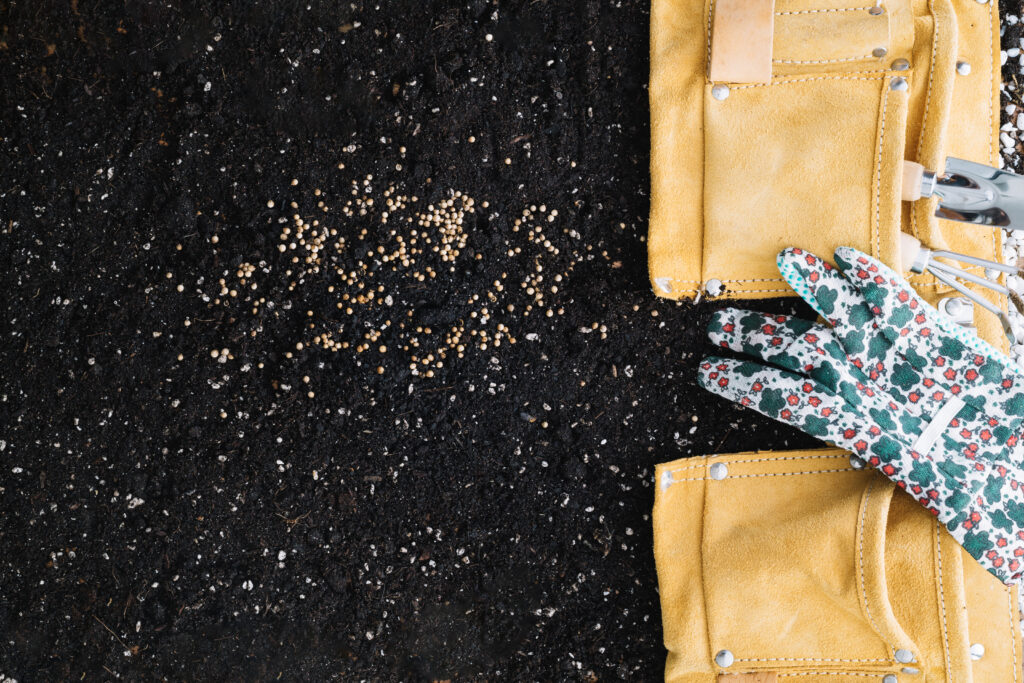
Good soil prep = half the battle. A smooth, loose seedbed helps seed-to-soil contact and even germination.
Steps:
- Clear debris – remove stones, sticks, weeds, old roots.
- Level the area – rake to a gentle slope for drainage.
- Test soil pH – ideal grass pH is usually 6.0-7.0. Amend with lime if too acidic or sulfur if too alkaline (follow local lab recommendations).
- Add organic matter – compost improves structure and nutrient retention.
- Topsoil layer – spread 1-2 cm of good topsoil or seed-starting mix for small areas.
- Firm but not compact – press the seedbed lightly so seeds won’t fall too deep, but don’t pack it hard.
Think of your lawn like a cake: the seed sits on the frosting (topsoil) the better the frosting, the better the finish.
Step-by-Step: How to Sow Lawn Grass Seeds
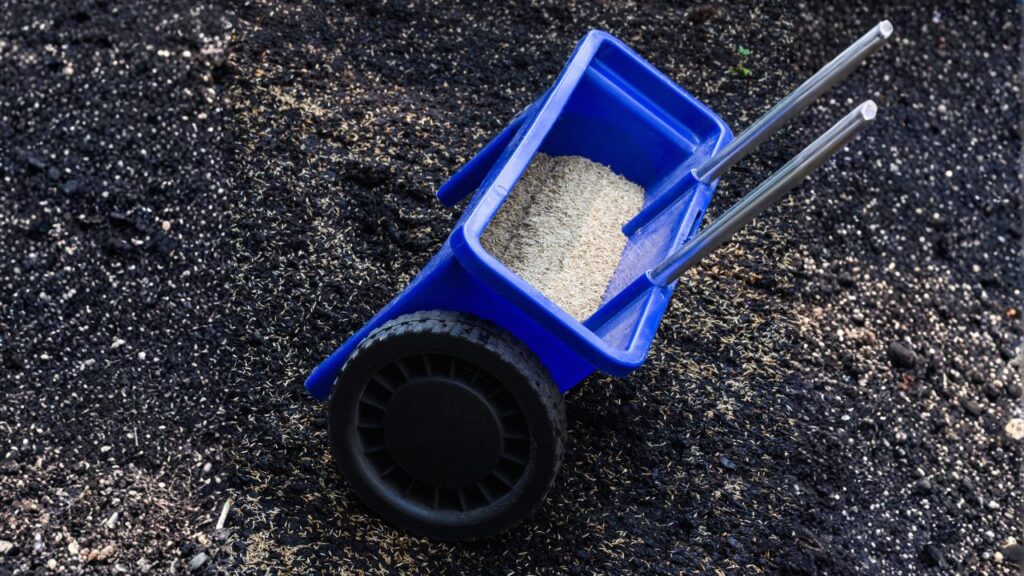
Sowing properly avoids waste and uneven patches.
- Choose the right time. For warm-season grasses: late spring/early summer. For cool-season: early autumn or early spring.
- Calculate seed rate. Follow the seed bag instructions rates differ by species. Overseeding rates are higher than new lawn rates.
- Spread seed evenly. Use a handheld spreader for small lawns or broadcast spreader for larger areas. Apply half the seed walking north-south and half east-west for even coverage.
- Rake lightly to cover seed with about 1-6 mm of soil small seeds need shallow coverage.
- Roll or press lightly with a lawn roller or tamping board to improve contact.
- Mulch thinly with straw or a seed blanket on slopes or windy days to prevent erosion and retain moisture.
Watering and Germination: Timelines & Tips

Watering is the make-or-break step.
- Initial phase (first 2 weeks): Keep soil consistently moist (not waterlogged). Mist or light sprinkler multiple times a day depending on heat.
- Germination timeline: Perennial ryegrass may sprout in 5-10 days; Bermuda 7-21 days; Zoysia can take longer. Patience is key.
- After establishment (3-8 weeks): Gradually reduce frequency and deepen watering to encourage roots to grow down. Move from daily light watering to 2-3 deeper waterings per week.
- Signs of good watering: Seedlings stand upright, soil underfoot feels cool, and no dust clouding when you brush the turf.
Water like a parent transition from baby steps to independence start frequent, then teach the lawn to stand on its own.
Mowing, Fertilizing, And First-Year Care

Mowing
- Wait until grass hits about 1.5x the target mowing height.
- Never remove more than ⅓ of blade height in one mow.
- Warm-season grasses are usually mowed lower; cool-season slightly higher.
Fertilizing
- Start with a starter fertilizer high in phosphorus at seeding (if your soil test supports it).
- Follow with balanced feeds every 6-8 weeks during the growing season. Don’t over-fertilize it invites disease.
First-Year Care
- Avoid heavy traffic for the first 2-3 months.
- Keep an eye for thin spots; overseed as needed.
- Adjust care seasonally less water and feed in dormancy.
Dealing with Weeds, Pests, and Diseases
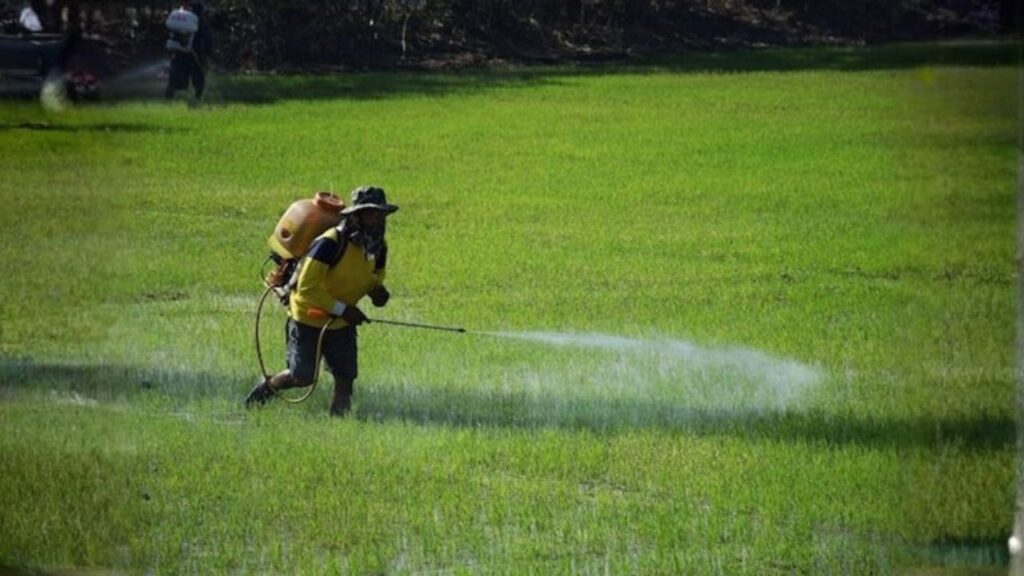
Weeds often exploit thin, stressed turf. Best defines: a dense, healthy lawn.
- Weeds: Pull by hand early, or use selective herbicides once grass is established. Pre-emergent herbicides stop many grassy weeds but must be applied carefully (not at seeding time unless product says so).
- Pests: Armyworms, cutworms, grubs monitor for chewed blades or dead patches. Treat according to the pest and local guidelines.
- Diseases: Overwatering and poor air circulation cause fungal diseases. Fix by improving drainage, reducing thatch, and using fungicides only when necessary.
Pro tip: A small patch test is safer than blanket spraying.
Overseeding, Repairing Bare Patches, and Lawn Renovation
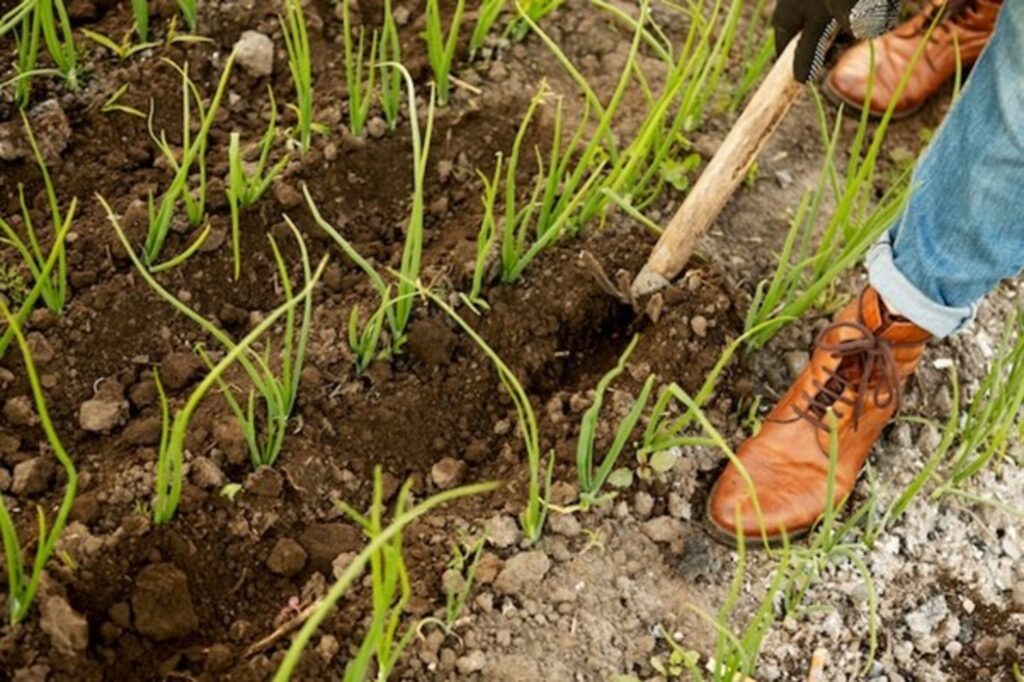
Overseeding rejuvenates thin lawns and fills damaged spots.
- For small patches: Loosen soil, add a little compost, spread seed, cover lightly, water.
- Overseeding a lawn: Mow low, aerate cores out, apply seed, and top-dress with a thin layer of compost.
- Full renovation: Kill existing turf (if necessary), regrade, and reseed this is the time to switch species if climate/usage changed.
Timing matters overseed when grass is about to enter its main growth window (spring for warm grasses, autumn for cool grasses).
Tips for Special Situations

Best Grass for Shady Lawns (India)
Shade needs species that perform with less sun. Tall fescue, fine fescues, and certain Zoysia varieties handle shade better than most warm-season turf. For dense shade under trees, accept a mixed solution groundcovers or mulched beds may be better than a struggling lawn.
Best Lawn Grass for Pets (India)
Look for wear-resistant, quick-recovery grasses like Bermuda or durable blends. Provide an area with hearty turf for play and consider training pets to use a specific zone. Frequent watering and occasional topdressing help with urine damage.
Best Grass for Balcony Lawns (India)
For containers, use dwarf or fine textured grasses with lightweight potting mix. Perennial ryegrass and fine fescues can work in cooler climates; consider artificial turf if maintenance is a concern.
Common Mistakes to Avoid

- Seeding at wrong time – too hot or too cold reduces germination.
- Overwatering or underwatering during germination.
- Skipping soil test – you could be feeding the wrong nutrients.
- Buying poor-quality seed – cheap may mean low germination or contaminants.
- Mowing too low in early life stunts root development.
- Using herbicides too soon after seeding many products damages new grass.
Avoid these and your lawn’s learning curve will be much smoother.
Sustainable Practices & Eco-Friendly Choices

- Use native or low-water grasses, when possible, to conserve water.
- Limit chemical use – opt for organic compost, slow-release fertilizers, and mechanical weed control where feasible.
- Rainwater harvesting and drip/smart irrigation reduce water bills and stress on city supplies.
- Encourage biodiversity – small flower strips or native plants along edges help beneficial insects.
A lawn can be beautiful and responsible think of it as a mini ecosystem, not just a green carpet.
Cost Considerations - Cheapest Lawn Grass Options in Delhi
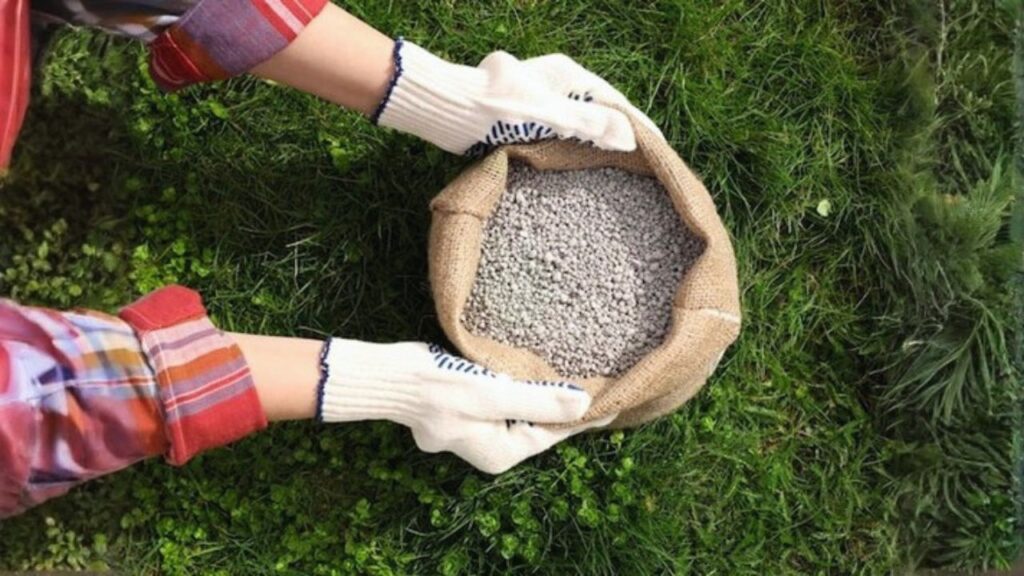
Cost varies by species and seed quality. Generally:
- Bermuda and Kikuyu seeds are often economical and provide quick cover a cost-effective choice for big areas.
- Hybrid and specialty mixes (shade-tolerant, pet-friendly) are pricier but save time and maintenance.
- Cheap seed traps: Very cheap seed might contain weed seeds or poor germination. When buying for a long-term lawn, prioritize quality over the lowest price.
A practical approach: buy a smaller high-quality bag for test patches and then expand if results are good.
Where to Buy Lawn Grass Seeds in Delhi NCR
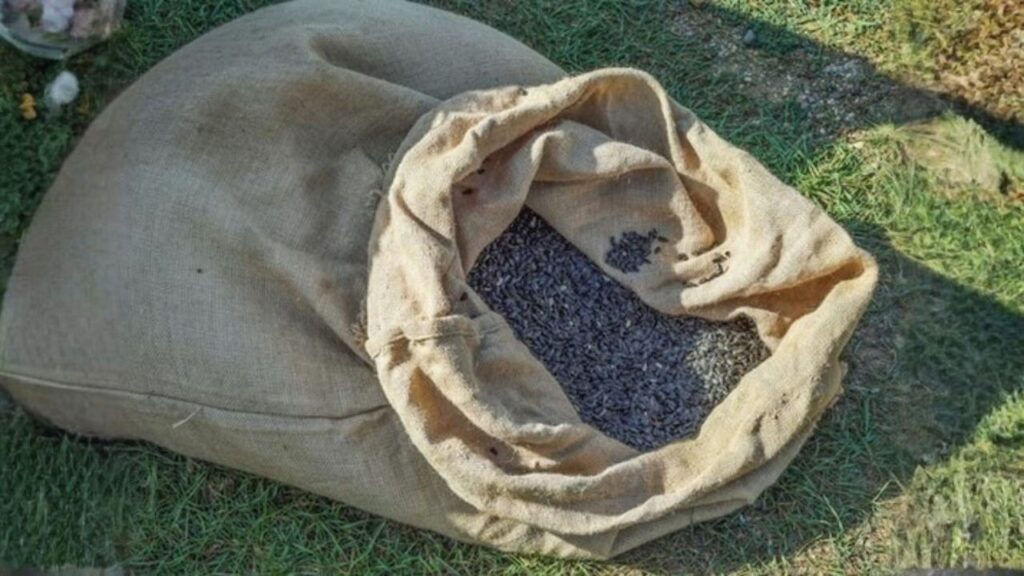
You have options: local nurseries, agricultural stores, or online marketplaces. Look for:
- Seed purity & germination rate on the bag. Good suppliers list germination percentage and date packed.
- Local blends that mention performance in Indian climates.
- Reputable packaging and transparent labelling (species composition, seed count, seeding rate).
- After-sales support – suppliers who answer questions about local conditions are helpful.
If you’re in Delhi, check nearby garden centres and agricultural input stores in your locality, or order from large online marketplaces and verified seed brands. Always compare the germination guarantee and return policy.
Infographic Summary: Ideal Seeding Rate Chart for Indian Lawns
Grass Type | Ideal Seeding Rate (New Lawn) | Overseeding Rate | Best Season to Sow in India | Special Notes |
Bermuda Grass (Cynodon dactylon) | 10–20 g/m² | 25–35 g/m² | Late spring to early summer | Very hardy, fast-growing, loves full sun |
Zoysia Grass | 20–25 g/m² | 40–50 g/m² | Spring to early monsoon | Slow to germinate, great for low maintenance lawns |
Kikuyu Grass | 15–20 g/m² | 30–40 g/m² | Summer | Grows fast, ideal for large sunny lawns |
Buffalo Grass | 10–15 g/m² | 20–30 g/m² | Late spring | Low water requirement, soft underfoot |
Perennial Ryegrass | 30–40 g/m² | 60–80 g/m² | Early autumn or early spring | Quick germination, perfect for cool-season or winter lawns |
Tall Fescue | 35–45 g/m² | 60–90 g/m² | Autumn to winter | Tolerates shade, stays green longer |
Hybrid Grass Mixes | Follow label (usually 25–40 g/m²) | 2–3x label rate | Depends on mix | Combines durability + quick growth |
Quick Tips
✅Mix seeds with sand for even distribution.
✅ Sow in two directions (cross pattern) for full coverage.
✅ Don’t bury seeds too deep – 0.5 cm is enough.
✅ Lightly roll or pat down soil after seeding.
✅ Keep moist until seedlings are 2-3 inches tall.
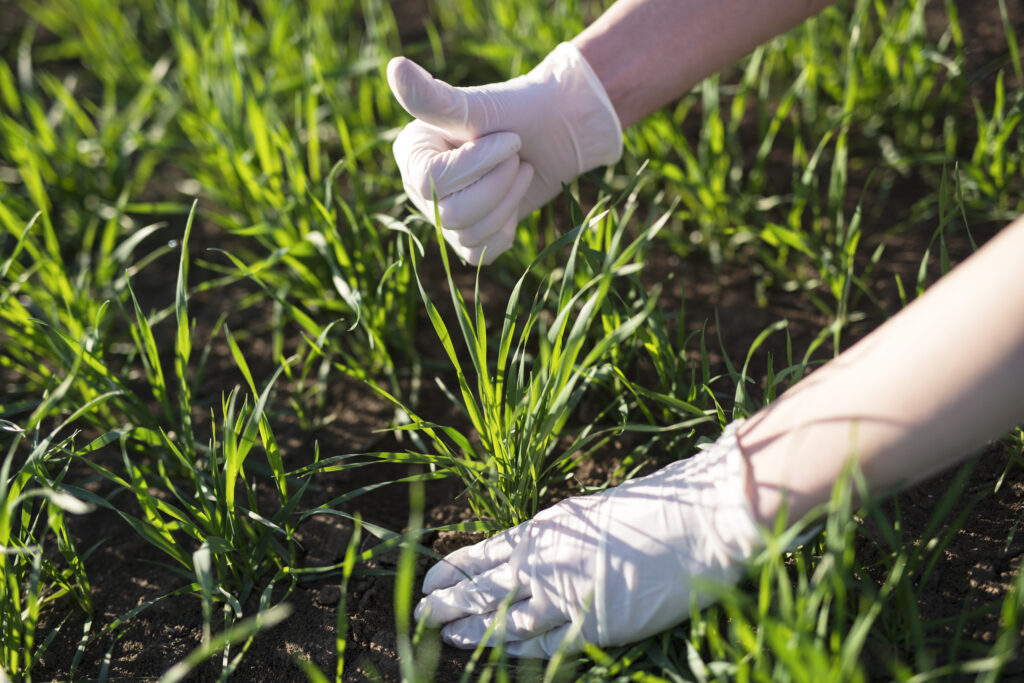
Conclusion
Growing a beautiful lawn from grass seeds is entirely doable with the right seed selection, careful soil preparation, correct sowing technique, and consistent early care. For India, match your seed choice to local climate and lawn use warm-season grasses for most plains, cool-season for higher elevations, and hybrids or mixes for transitional areas. Invest in quality seed, follow a proper watering schedule, mow smartly, and repair thin patches with overseeding. With patience and the steps above, you’ll go from bare soil to a green, welcoming lawn that fits your lifestyle and budget.
FAQs
Q1: When is the best time to sow lawn grass seeds in Delhi?
For most warm-season grasses in Delhi, late spring to early summer (when temperatures are rising) is a good time. If using cool-season species or overseeding with ryegrass, consider early autumn or early spring. Always avoid the hottest weeks during initial germination.
Q2: How long does it take for grass seeds to become a usable lawn?
Germination can be 5–21 days depending on species. A functional lawn (able to handle light foot traffic) is usually 2–3 months after seeding with proper care. Full maturity can take 6-12 months.
Q3: Can I mix different grass seeds in one lawn?
Yes, mixes (e.g., Bermuda + rye blend) combine fast establishment with durability. Use blends suited for your climate and follow recommended ratios.
Q4: How often should I fertilize a new lawn from seed?
Start with a starter fertilizer at seeding if soil tests indicate a need. After establishment, apply a balanced fertilizer every 6-8 weeks during peak growth, but adjust based on soil tests and local recommendations.
Q5: My lawn develops bare patches after monsoon should I reseed or sod?
For most small bare patches, reseeding (repair) is the cheapest and effective option. For large areas that are badly damaged, consider full renovation. Sod gives instant cover but costs more.
